Our Blog
Yide Casting shows some iron casting, brass casting knowledge, and our company news here. We hope to provide a little help to someone that needed it.
 https://www.yidecasting.com/wp-content/uploads/2023/11/What-are-the-advantages-of-choosing-customized-casting-parts-over-standard-ones.webp
500
1200
Yide Casting
http://www.yidecasting.com/wp-content/uploads/2020/05/YiDe-iron-casting-manufacturer-logo-300x137.png
Yide Casting2023-11-12 12:13:242024-05-20 14:07:51What are the advantages of choosing customized casting parts over standard ones?
https://www.yidecasting.com/wp-content/uploads/2023/11/What-are-the-advantages-of-choosing-customized-casting-parts-over-standard-ones.webp
500
1200
Yide Casting
http://www.yidecasting.com/wp-content/uploads/2020/05/YiDe-iron-casting-manufacturer-logo-300x137.png
Yide Casting2023-11-12 12:13:242024-05-20 14:07:51What are the advantages of choosing customized casting parts over standard ones?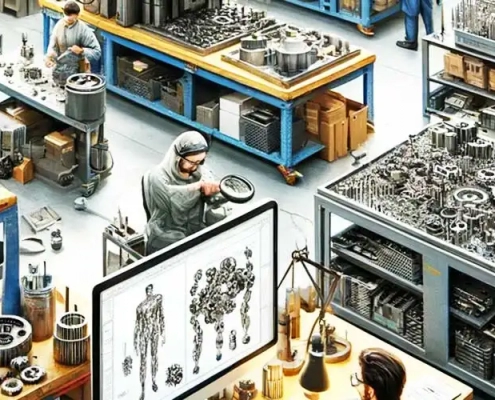
Navigating the Nuances of Eco-Conscious Customized Iron Casting Part Design
/
0 Comments
Navigating the Nuances of Eco-Conscious Customized Iron Casting…
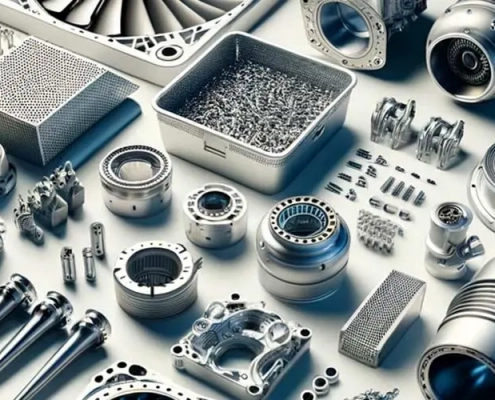
What are the key considerations when selecting an iron casting service provider for aerospace OEM parts?
Know About Aerospace OEM Parts and Iron Casting
The aerospace…
 https://www.yidecasting.com/wp-content/uploads/2023/10/The-Difference-Between-Ductile-Iron-Casting-and-Gray-Iron-Casting.webp
450
1200
Yide Casting
http://www.yidecasting.com/wp-content/uploads/2020/05/YiDe-iron-casting-manufacturer-logo-300x137.png
Yide Casting2023-10-23 12:22:292024-05-20 13:33:02The Difference Between Ductile Iron Casting and Gray Iron Casting
https://www.yidecasting.com/wp-content/uploads/2023/10/The-Difference-Between-Ductile-Iron-Casting-and-Gray-Iron-Casting.webp
450
1200
Yide Casting
http://www.yidecasting.com/wp-content/uploads/2020/05/YiDe-iron-casting-manufacturer-logo-300x137.png
Yide Casting2023-10-23 12:22:292024-05-20 13:33:02The Difference Between Ductile Iron Casting and Gray Iron Casting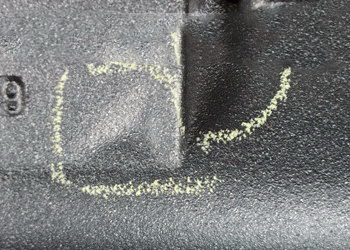
Cast Iron Shrinkage Defects
Cast iron shrinkage defect has a great influence on the quality…
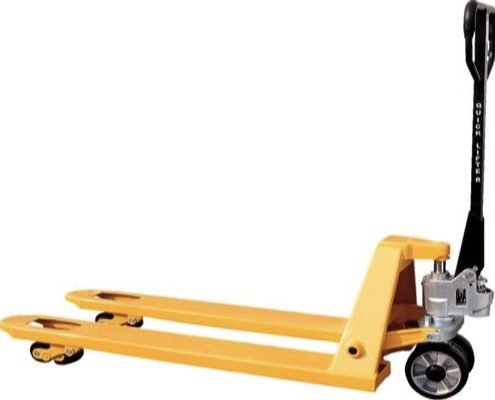
Manuel Hidrolik Palet Krikosu Bakımı ve Genel Arızaları
Manuel Hidrolik Palet Krikosu Bakımı ve Genel Arızaları
Bugün…
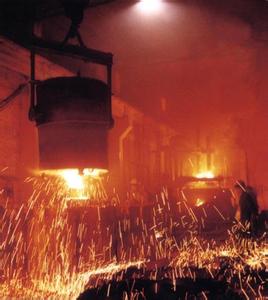
Advantages and Disadvantages of Stainless Steel Casting Process
Advantages and disadvantages of stainless steel casting process
Everyone…
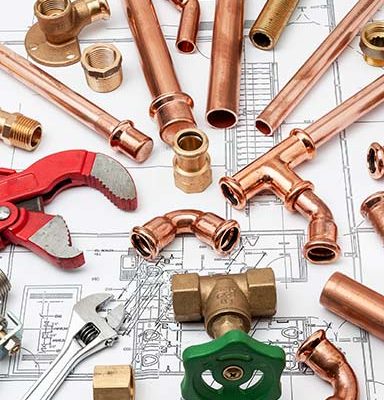 https://www.yidecasting.com/wp-content/uploads/2020/05/bronze-casting-brass-casting-pipe.jpg
475
384
Yide Casting
http://www.yidecasting.com/wp-content/uploads/2020/05/YiDe-iron-casting-manufacturer-logo-300x137.png
Yide Casting2021-12-30 02:33:022023-06-16 02:49:13The Smelting Process of Copper Alloy
https://www.yidecasting.com/wp-content/uploads/2020/05/bronze-casting-brass-casting-pipe.jpg
475
384
Yide Casting
http://www.yidecasting.com/wp-content/uploads/2020/05/YiDe-iron-casting-manufacturer-logo-300x137.png
Yide Casting2021-12-30 02:33:022023-06-16 02:49:13The Smelting Process of Copper Alloy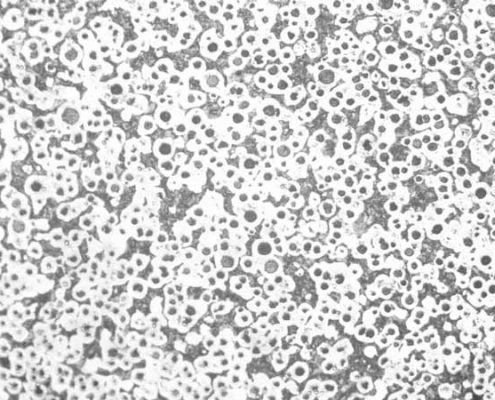
The Density of Ductile Iron
The density of ductile cast iron is approximately 7.3 g/cm3,…
